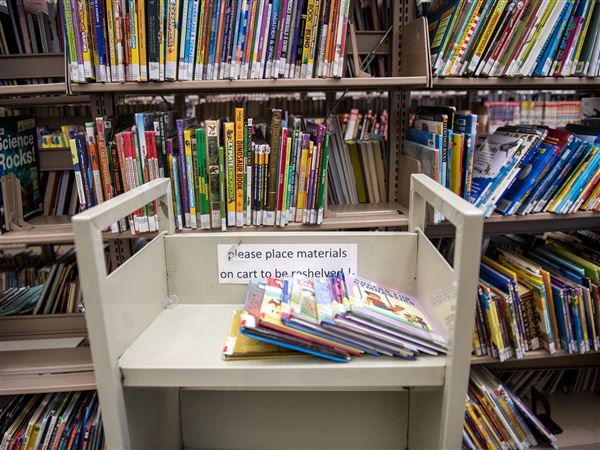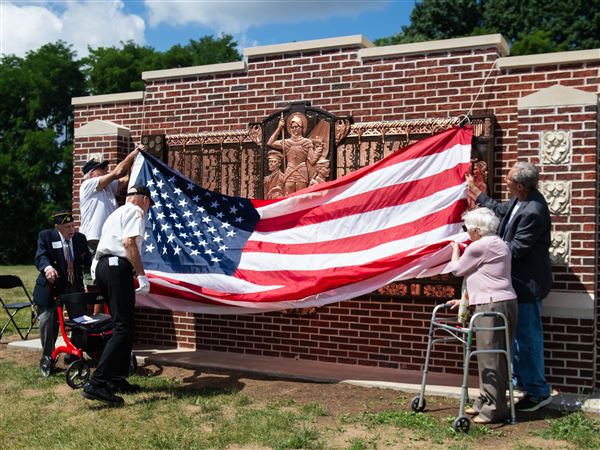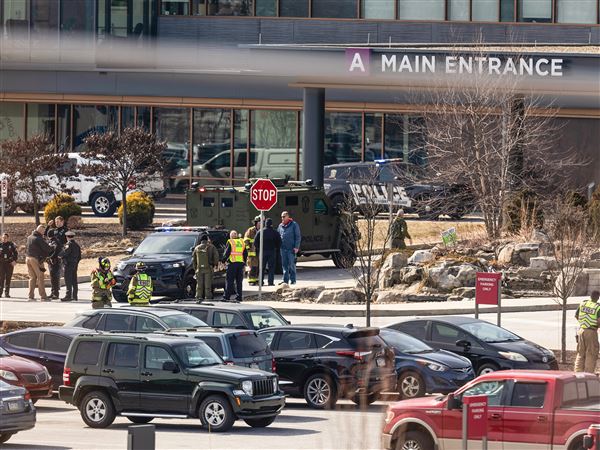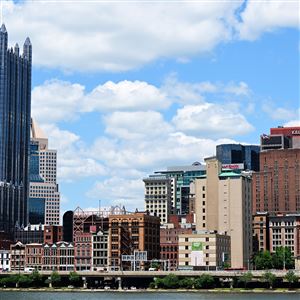Western Pennsylvanians may not have invented the hot metal bridge, but it is certainly the perfect solution to the terrain, with sprawling steel mills that straddle wide rivers, especially the Monongahela.
Huge cars known as submarine ladles were filled with molten iron ore straight from blast furnaces and carried by rail to Bessemer or open-hearth furnaces on the other side of the river. With weights ranging from 80 tons to 165 tons, these cars demanded a particularly strong railroad bridge with special modifications.
In the early 1900s, builders installed a fire-brick trough and steel plates on the deck and sides of the bridge to keep sparks and molten metal from falling into the river. Today, these plates are telltale signs that the twin highway and bicycle/pedestrian bridges between Hazelwood and the South Side were once a Hot Metal Bridge.
Two other former hot metal bridges run between McKeesport and Duquesne and by the site of McKeesport’s National Tube Works but they were changed back to railroad bridges long ago. To see one in its original state, drive a few miles along the river to Whitaker at the edge of the former U.S. Steel Homestead Works, now The Waterfront. There, a hulking black 483-foot-long railroad bridge stretches across the river to what remains of the Carrie Furnaces in Rankin, part of the Steel Industry National Historic Site.
Unfortunately, you can’t ride a bike or even walk across the bridge for a closer look — signs say No Trespassing. But Allegheny County, the bridge’s current owner, is considering a plan to renovate the bridge for vehicles, bikes and pedestrians, offering much easier access to the Carrie Furnaces from State Rt. 837. It would become part of the Great Allegheny Passage trail, just like Pittsburgh’s Hot Metal Bridge.
In 2000, the city’s Urban Redevelopment Authority came up with $12 million to convert the Monongahela Connecting Railroad Bridge and the hot metal bridge alongside it for vehicles and in 2007, it was connected to the Eliza Furnace Trail, also known as the Jail Trail because it runs past the Allegheny County Jail. The repurposed bridges now link Second Avenue and the Pittsburgh Technology Center in Hazelwood to 27th and East Carson streets and the SouthSide Works. But it once was the hot link between sections of a Jones & Laughlin Steel Corp. mill.
The 321-foot Mon Con was built in 1885 and a hot metal bridge set on the same piers in 1901. By Feb. 12, it was transporting hot pig iron from the north to the south sides of the J&L works. Eventually, the mill covered 48 acres in Hazelwood and 123 acres on the South Side. In 1960, J&L strengthened the bridge to handle 165-ton ladles. The mill was sold to LTV Steel in 1974 and closed by 1984. The Hot Metal Bridge is the biggest reminder of what was once the Steel City’s biggest mill.
First Published: October 12, 2014, 4:00 a.m.
















